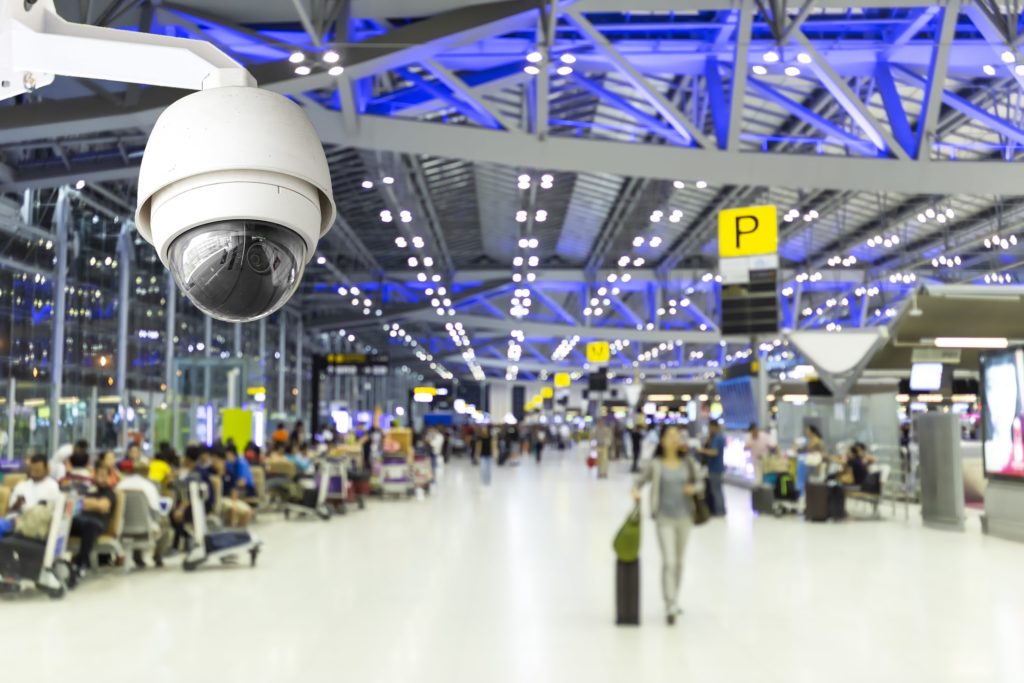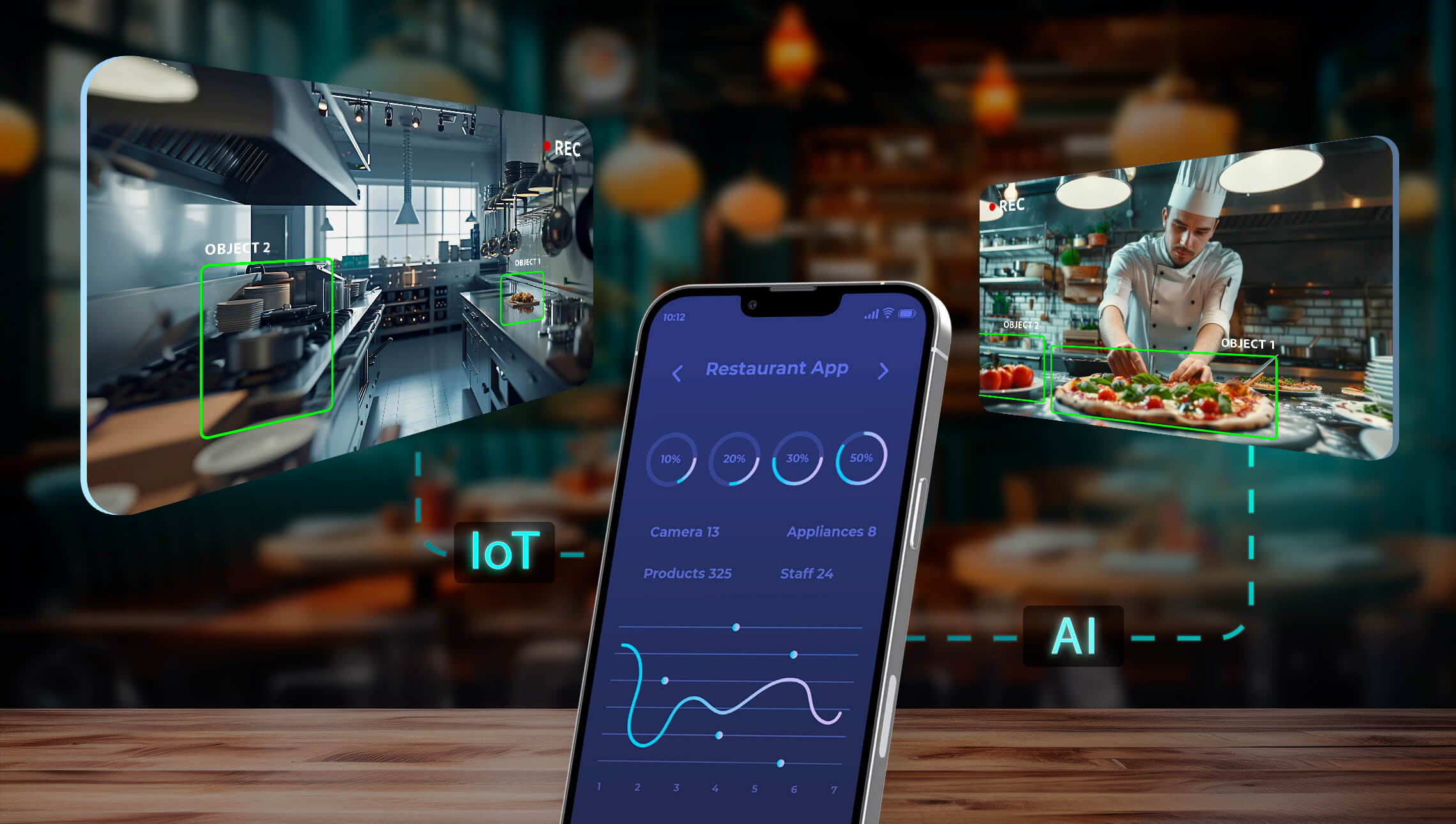Airports Are Moving To the Cloud: Airport Cloud Computing

Airline passenger volumes are growing at an annual frightening pace. To keep everyone in the ecosystem satisfied and secure, airports have to think about new features and technologies that help them achieve these goals. Airport cloud computing — why or why not?
Moving technology to the Cloud requires careful analysis of an airport’s challenges, both current and potential, to implement the right solution based on an airport’s size and requirements.
One of the trickiest tasks can be assessing existing infrastructure and ways to integrate new features into it. Cloud migration can also become a costly investment if undertaken without proper planning.
But with great challenges come great benefits: through infrastructure modernization and aviation digitalization, airports can improve their customer experience, increase their revenue and streamline their operational efficiency.
For example, Baku-Heydar Aliyev International Airport has become a totally cloud-based airport.
Now the airport has full visibility of flights within a year, which optimizes its gates, check-in stands, and baggage lanes, significantly raising capacity. Airport resources can now be better allocated since employees are working from a single, non-manual, holistic view of operations.
The cloud-based common use system provides the airport with greater flexibility, allowing it to check-in passengers anywhere via the internet, including off-premises. Such technology as biometrics no longer requires new hardware installations and any system updates can be made with a single button push.
So why exactly is moving to the Cloud so crucial for airports and where will it lead in the near future? Let’s find out.
How can Cloud computing enhance your airport?

First of all, moving an airport to the Cloud is making this airport a smart one. The key principle behind this intelligence is in the creation of an “airport sensing layer”, a blend of channels like LTE, WiFi, and agile networks. They are used to enable Cloud-based unified communications to encompass the entire airport operations.
This is important in establishing real-time management of airports, which previously represented a big challenge. With the increasing number of flights worldwide, precision handling of time and scheduling has become ever-more critical, and without that technology collaboration within an airport, real-time monitoring becomes almost impossible.
AI is another critical technology innovation that is enabled through Cloud-based solutions. AI can be utilized for a wide range of applications: from customer service and assistance to baggage tracking and predictive analytics for operational efficiency. AI helps airports to run smoothly as never before.
Also, using cloud-based solutions means airport personnel and airline staff can easily access these systems from any place and any device, getting flight schedules and details, gate, belt, desk assignments, as well as any historical information needed. Cloud-based system warehouses can distribute vital data throughout an airport, or worldwide, facilitating the operational flow and easing passenger management.
But even bigger benefits of Сloud migration come if airlines and airports start using cloud services worldwide.
For example, cloud-based collaborative decision-making systems will be extended to allow airports around the world to seamlessly share information on flight departures and arrivals.
It means that aircraft won’t depart until there is a landing slot available at the destination airport. Rather than building individual networks and connecting with each other, airports and airlines will need just a few ones. For example, 200 worldwide destinations linking to 200 collaborative decision-making systems instead of only one system is quite a pain for companies.
The Cloud computing brings more automation to airports
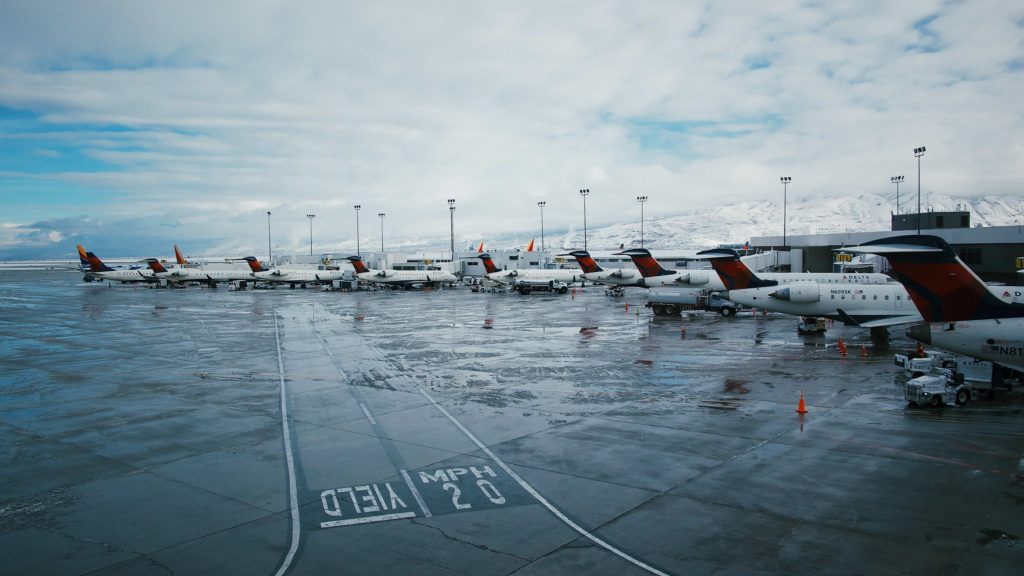
When airport systems reside in the Cloud, there’s no need to update them constantly. Updates can be pushed out Adhoc saving both time and money.
This means that software updates, patches, and application releases can be selected and installed when needed, subject to changes in process control. It’s like having a smartphone, where applications are pushed, and it’s possible to select them from the available list, install them, and make them available as and when needed.
Gatwick Airport is replacing many of its expensive old-fashioned IT systems with cloud services where possible. The airport implemented a collaborative decision system that will allow IT dep., ground handlers, and airlines to exchange data on incoming and departing flights. The system helps refuel and restock aircraft faster which increased the number of flights departing hourly by 10%.
Gatwick is also using cloud technology for smart kiosks that cut the time passengers spend dropping off luggage to just 45 seconds. These kiosks take boarding pass information from passengers’ phones, so passengers don’t have to type anything.
Cloud brings more sustainability
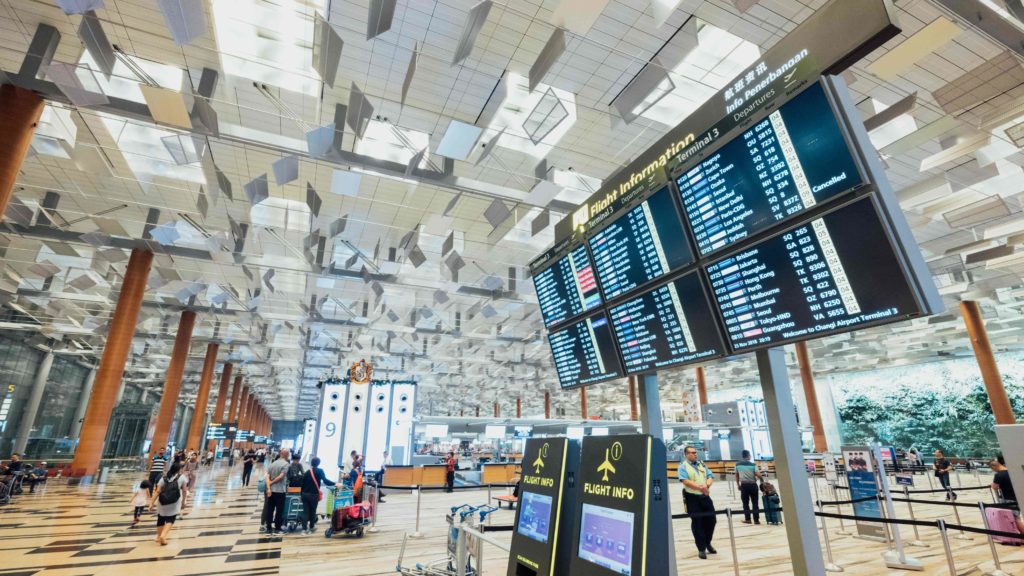
It is possible to use the same hardware already installed at an airport, removing the need to refresh the hardware based on the latest applications that are required. This flexibility ensures the same seamless passenger experience irrespective of the airport size or legacy IT infrastructure.
For example, Madeira airport went cloud to provide advanced passenger information services and reduce energy usage. The airport has implemented smart kiosks and help-points to provide passengers with the required information.
The airport has replaced its servers on-site with cloud ones, reducing energy consumption by 85%. Additionally, the airport has reduced IT operations costs at least by half. Less physical equipment needs less space, less energy, and fewer people to operate it. The next step is to replace PCs with virtual desktops that will link directly to applications in the cloud. Fewer maintenance engineers mean fewer PCs.
The Cloud brings more manageability
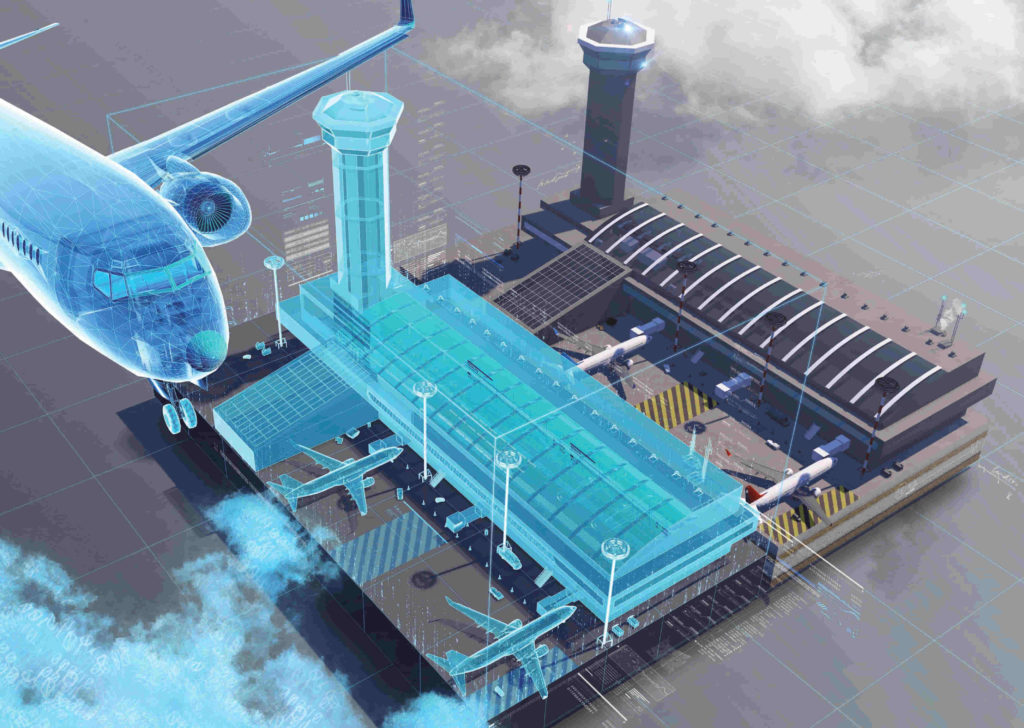
Airports are highly regulated spaces, and as locations that effectively function as small cities, the logistics involved in managing them is complex and wide in scope.
To cover every operation smoothly, a digital twin technology might be of help. A digital twin is a digital 3D replica of a physical asset, system, or process — such as an airport.
Built from massive, cumulative, real-time data, a digital twin simulates its real-world counterpart in a live setting, creating an evolving digital profile of its historical and current behavior.
The real-world asset sends live performance data to its digital twin for evaluation and, if action is needed, the digital twin responds with feedback or changes to optimize performance.
A digital twin, in other words, can be used to measure, monitor, or model how people interact with each other and the space around them.
For example, it can be used to monitor seat comfort and overall in-flight experience quality. Sensors can be used to collect passenger telemetry data, check for seat needs and monitor health events, personalizing the flight experience for each passenger.
Airports are full of practicable use cases like dynamic tinting glass, indoor mapping, energy optimization, and advanced asset management. Virtually, any connected, physical asset within the airport can produce a digital twin. All airport spaces from parking lots and terminals to runways can use similarly embedded technology to create digital twins that enable smarter utilization and greater efficiency.
The Cloud brings some issues too

But Cloud migration is not only about the bright future. It also may lead to some cybersecurity issues with a cloud provider.
On the one hand, cybersecurity outsourcing can be beneficial to airports, which often have understaffed information technology (IT) departments that are often small and unable to handle large incidents quickly. For example, Gatwick Airport’s IT department needed one full week to update all of its systems after HeartBleed.
On the other hand, it means that onsite IT personnel may not have as much control over cloud services. Considering the fact that there are vulnerabilities that cannot be solved by corporate IT or IT policy in the same way that an on-site team can, the problems can be quite huge.
Cloud services could also be vulnerable to memory scraping attacks when rest-encrypted data are taken from the server’s active memory.
In addition, cloud services may suffer unexplained outages and onsite IT personnel can do very little to respond to such a situation. In the worst case, a cloud outage can halt the whole airport’s activity.
So what does the Cloud computing bring to airports?

Using cloud technology enables airlines and airports to deploy and manage systems far more rapidly than ever.
Regardless of IT infrastructure, cloud solutions can be fully scalable, flexible, and meet operational demands for today and the future.
Also, the existing airports’ technologies are outdated while cloud solutions could make them both easier to use and easier to patch, thereby rendering them more secure.
However, as airports continue moving to the cloud, they must be aware of the risks. The vulnerabilities associated with a cloud system are quite different from traditional in-house systems. Airports must be aware of these differences and find out how to respond to them, before moving to a cloud solution. We are always eager to share our best practices and open to learning something new, so if you have any questions or ideas — feel free to write to us. Let’s transform the world together!


